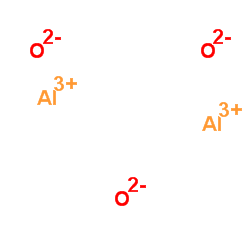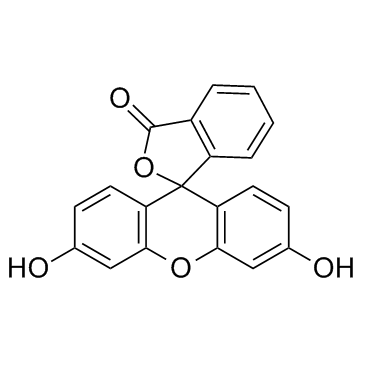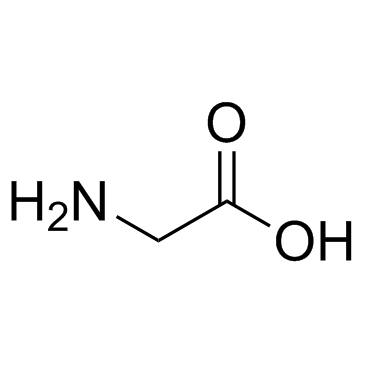| Structure | Name/CAS No. | Articles |
|---|---|---|
 |
sodium chloride
CAS:7647-14-5 |
|
 |
Aluminum oxide
CAS:1344-28-1 |
|
 |
Fluorescein
CAS:2321-07-5 |
|
 |
Glycine
CAS:56-40-6 |
|
 |
SODIUM CHLORIDE-35 CL
CAS:20510-55-8 |
|
 |
trisodium phosphate
CAS:7601-54-9 |
|
 |
perylene
CAS:198-55-0 |